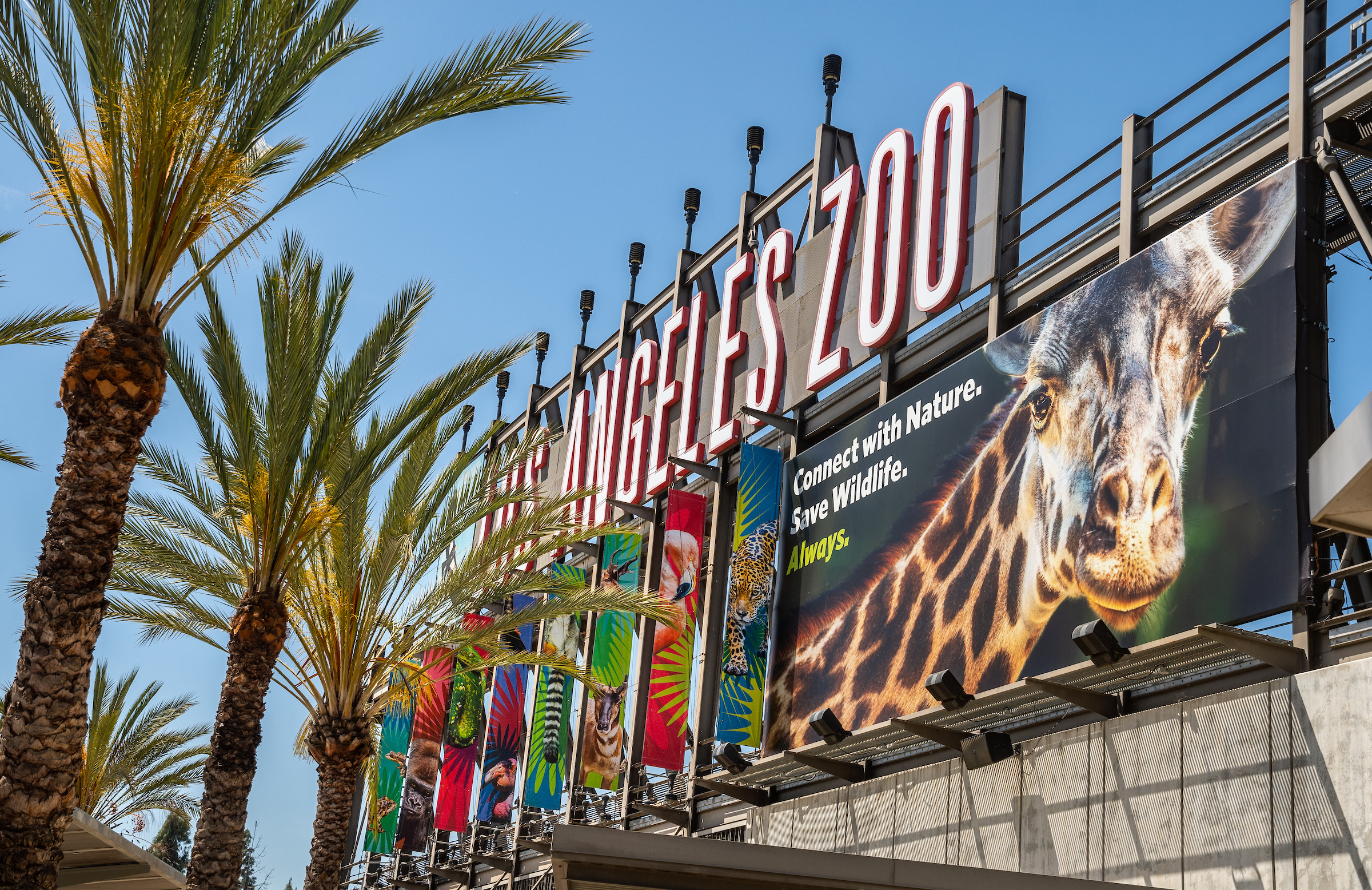
The Los Angeles Zoo is thrilled to share that Zoo Director and CEO Denise M. Verret has been sworn in as the one hundredth Chair of the Board of the Association of Zoos and Aquariums (AZA), the accrediting body of the Los Angeles Zoo and the gold standard for zoos and aquariums worldwide. The board chair is the highest role in the AZA, and Verret’s one-year term is the start of her sixth year of service on the Board of Directors of this distinguished organization. “Being the 100th chair and the first black woman to serve in this role is not lost on me,” Verret says. “It’s an incredible milestone and opportunity.”
Having first been elected to the board for a three-year term, she served as a director before being selected to serve on the executive committee, which included her term as Chair-Elect this past year. As part of this service, Verret provided crucial input and direction on the creation of the AZA’s new strategic plan.
“As we reflect on the evolution of zoos and aquariums over the last 100 years—which has been significant,” she says, “this plan is setting us on the pathway to achieve our mission of serving our members in advancing animal wellbeing, public engagement, and the conservation of wildlife and wild places, setting the global standard of excellence.”
She hopes that next evolution will be shaped by the strength of the AZA’s diverse membership. “Diversity is going to ensure that this entire profession is relevant in the future. We need everybody across this country and all around the world to care about people and wildlife thriving together.” Verret believes that means diverse representation. Diversity includes more than color or ethnicity, she says; it includes diversity of thought, ability, and lived experience, and that is where AZA can harness its collective power and further its vision for the future of zoos and aquariums.
“There are many more people that are individual members of AZA than there are those who are serving on committees and going to conferences,” Verret says. “There are a lot of great minds, great thinking, from all different kinds of people, from all different backgrounds. So how can we leverage that broad and diverse expertise, how can we level up the engagement outside of the structures that can be barriers for some people? That is going to be my focus.”
The new strategic plan will help. It details six promises the AZA is making to its membership and girds those promises with concrete goals and objectives. There’s a promise that should resonate with everybody, she explains, “because different organizations find different value in being members of the AZA. No matter if your organization is large or small, a zoo or an aquarium; no matter what region, no matter what part of the world,” there is something in the new plan that invites achievable participation.
She cites the AZA’s Saving Animals from Extinction (SAFE) programs as an example. SAFE provides every AZA organization—no matter their capacity—an opportunity to contribute to species conservation by sharing ready-made, data-supported plans for action. Whether it’s tracking bird strikes and buying bird-friendly coffee for SAFE North American Songbird or being on the ground with anti-poaching efforts in Uganda for SAFE Giraffe, there is room for all sizes of zoos and aquariums to participate in whatever ways make sense for them.
As the director and CEO of a larger zoo and a city zoo, Verret is very proud of the L.A. Zoo’s relationships and collaborative efforts with elected officials and regulatory agencies. “We have staff that are engaging with our local elected officials all the time,” she explains, “but non- government zoos and aquariums may not have that capacity or that exposure.” AZA’s robust Government Affairs practice is a resource that zoos and aquariums can leverage to have an impact on conservation and the profession.
AZA’s legislative capacity brought relief to zoos and aquariums during pandemic closures and provided a “life jacket” for some organizations, she says. Many legislative initiatives provide support for important work including conservation programs, and new proposals may support confiscation and rescue, anti-trafficking initiatives, and other priorities. “We need to do more work in this space in order to affect meaningful change and further the collective mission of AZA zoos and aquariums,” Verret says.
Because the Board serves as the governing authority over the entire AZA organization, there is plenty to do in the next year and beyond: policy work, committees, accreditation, financial oversight—not to mention all the animal programs, managed breeding programs and species survival plans, SAFE, and the Wildlife Trafficking Alliance. But Verret is uniquely poised to do it and feels stepping into the role of board chair is a testament to the progress that has been made in the profession.
“I’m humbled by the moment and the opportunity,” she says, “but it’s also about opening doors for others that will come behind me. I’m excited.”

